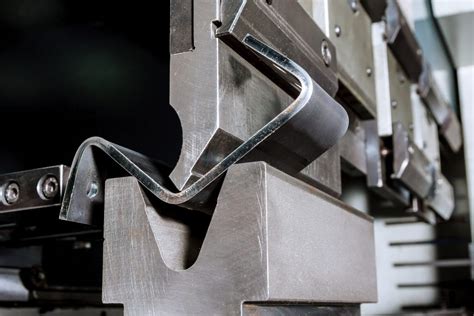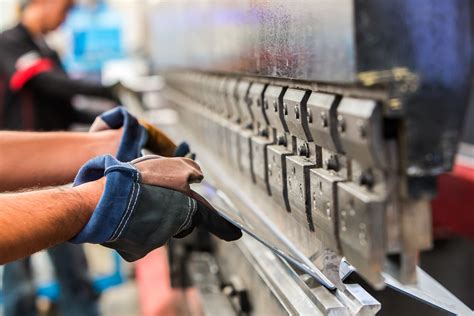advantages and disadvantages of sheet metal complex sheet metal forming Metal Forming is a broad set of manufacturing techniques tha used to create metal parts or machined workpieces by converting raw materials into finished goods. We apply forces such as tension, compression, shear, and others to . Turn your gas grill into a wood-fired barbeque with this stainless steel Smoker box from er. Simply deposit wet wood chips (sold separately) into the tinderbox, close the vented lid, place atop the grill grate and ignite the burners.
0 · what is sheet metal forming
1 · steel sheet metal forming
2 · sheet metal forming techniques
3 · sheet metal forming examples
4 · sheet metal forming disadvantages
5 · how does sheet metal form
2 cabinets with corresponding black painted steel doors, stainless steel handles, and accent-colored painted side and rear panels. Each cabinet contains 2 .
Although sheet metal forming presents some challenges, its advantages in material strength, cost-effectiveness, production efficiency, variety of shapes and sizes, surface quality and precision, environmental impact, and degree of automation make it a highly .Sheet metal forming has both advantages and disadvantages. The advantages include high production efficiency, cost-effectiveness, versatility, and more. However, there are also .
Sheet metal enclosure manufacturing involves many different sheet metal forming processes such as roll forming, stamping, peen forming and more. This list compares the good . In this article, we’ll give you the lowdown on sheet metal forming, including the various processes, suitable materials, and its pros and cons. What is Sheet Metal Forming? Also known as sheet metal fabrication, sheet metal .
Metal Forming is a broad set of manufacturing techniques tha used to create metal parts or machined workpieces by converting raw materials into finished goods. We apply forces such as tension, compression, shear, and others to . Forming sheet metal is a highly cost-effective manufacturing process. It reduces waste and optimizes material usage, leading to significant cost savings on raw materials. The ability to mass-produce parts with .
Sheet metal forming primarily applies tensile or shear forces and deals with sheets, plates, and strips. Sheet metal operations, such as bending, drawing, shearing, blanking, and punching, are commonly carried out using . Metal forming reshapes metal into a desired form without removing material or adding substance. It leverages various forces, including compression, tension, and shear, to .
Below are several of the many advantages of metal forming: Material Shapes – Accommodates a variety of material shapes from sheet metal to tubing. Scrap – Scrap is often minimal, if at all, with little/no dissipation of raw materials.
Although sheet metal forming presents some challenges, its advantages in material strength, cost-effectiveness, production efficiency, variety of shapes and sizes, surface quality and precision, environmental impact, and degree of automation make it a highly recommended manufacturing option.Sheet metal forming has both advantages and disadvantages. The advantages include high production efficiency, cost-effectiveness, versatility, and more. However, there are also challenges such as limited material thickness and high tooling costs.Sheet metal enclosure manufacturing involves many different sheet metal forming processes such as roll forming, stamping, peen forming and more. This list compares the good and bad of each process so you can determine the proper one for your own unique requirement. In this article, we’ll give you the lowdown on sheet metal forming, including the various processes, suitable materials, and its pros and cons. What is Sheet Metal Forming? Also known as sheet metal fabrication, sheet metal forming uses metal sheets to make various products and components.
Advantages and disadvantages of Metal forming. Metal forming processes offer numerous benefits regarding material efficiency, production rates, and mechanical properties, making them ideal for large-scale manufacturing. However, they come with challenges, such as high initial costs, material limitations, and the need for precise process control.

5-axis cnc milling machines
what is sheet metal forming

Metal Forming is a broad set of manufacturing techniques tha used to create metal parts or machined workpieces by converting raw materials into finished goods. We apply forces such as tension, compression, shear, and others to the deformed material in this process. Forming sheet metal is a highly cost-effective manufacturing process. It reduces waste and optimizes material usage, leading to significant cost savings on raw materials. The ability to mass-produce parts with consistent quality further enhances its economic advantages.
Sheet metal forming primarily applies tensile or shear forces and deals with sheets, plates, and strips. Sheet metal operations, such as bending, drawing, shearing, blanking, and punching, are commonly carried out using hydraulic or pneumatic presses. Metal forming reshapes metal into a desired form without removing material or adding substance. It leverages various forces, including compression, tension, and shear, to induce plastic deformation over metal parts.Below are several of the many advantages of metal forming: Material Shapes – Accommodates a variety of material shapes from sheet metal to tubing. Scrap – Scrap is often minimal, if at all, with little/no dissipation of raw materials.
Although sheet metal forming presents some challenges, its advantages in material strength, cost-effectiveness, production efficiency, variety of shapes and sizes, surface quality and precision, environmental impact, and degree of automation make it a highly recommended manufacturing option.
Sheet metal forming has both advantages and disadvantages. The advantages include high production efficiency, cost-effectiveness, versatility, and more. However, there are also challenges such as limited material thickness and high tooling costs.Sheet metal enclosure manufacturing involves many different sheet metal forming processes such as roll forming, stamping, peen forming and more. This list compares the good and bad of each process so you can determine the proper one for your own unique requirement. In this article, we’ll give you the lowdown on sheet metal forming, including the various processes, suitable materials, and its pros and cons. What is Sheet Metal Forming? Also known as sheet metal fabrication, sheet metal forming uses metal sheets to make various products and components.
Advantages and disadvantages of Metal forming. Metal forming processes offer numerous benefits regarding material efficiency, production rates, and mechanical properties, making them ideal for large-scale manufacturing. However, they come with challenges, such as high initial costs, material limitations, and the need for precise process control.Metal Forming is a broad set of manufacturing techniques tha used to create metal parts or machined workpieces by converting raw materials into finished goods. We apply forces such as tension, compression, shear, and others to the deformed material in this process.
Forming sheet metal is a highly cost-effective manufacturing process. It reduces waste and optimizes material usage, leading to significant cost savings on raw materials. The ability to mass-produce parts with consistent quality further enhances its economic advantages.
Sheet metal forming primarily applies tensile or shear forces and deals with sheets, plates, and strips. Sheet metal operations, such as bending, drawing, shearing, blanking, and punching, are commonly carried out using hydraulic or pneumatic presses. Metal forming reshapes metal into a desired form without removing material or adding substance. It leverages various forces, including compression, tension, and shear, to induce plastic deformation over metal parts.
steel sheet metal forming
55 chevy sheet metal

All of er Knapp’s counterbalance hinges and heavy-duty lid stays are custom-made. That ensures that all projects have a hinge that hits all the design specifications to the best of their ability while maintaining cost efficiency.
advantages and disadvantages of sheet metal complex sheet metal forming|how does sheet metal form